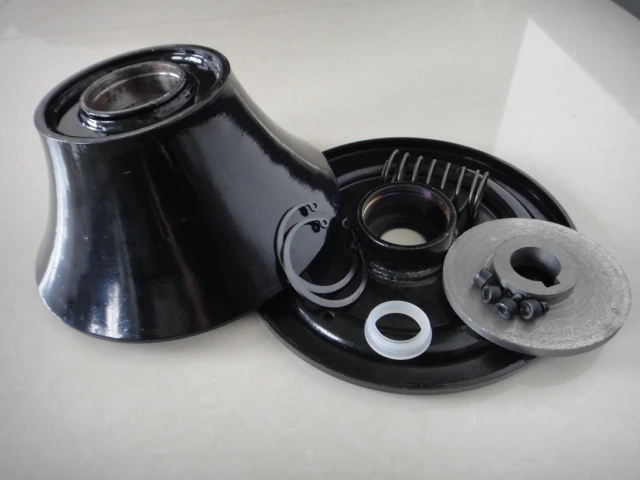 Afrikaans
Afrikaans  Albanian
Albanian  Amharic
Amharic  Arabic
Arabic  Armenian
Armenian  Azerbaijani
Azerbaijani  Basque
Basque  Belarusian
Belarusian  Bengali
Bengali  Bosnian
Bosnian  Bulgarian
Bulgarian  Catalan
Catalan  Cebuano
Cebuano  Corsican
Corsican  Croatian
Croatian  Czech
Czech  Danish
Danish  Dutch
Dutch  English
English  Esperanto
Esperanto  Estonian
Estonian  Finnish
Finnish  French
French  Frisian
Frisian  Galician
Galician  Georgian
Georgian  German
German  Greek
Greek  Gujarati
Gujarati  Haitian Creole
Haitian Creole  hausa
hausa  hawaiian
hawaiian  Hebrew
Hebrew  Hindi
Hindi  Miao
Miao  Hungarian
Hungarian  Icelandic
Icelandic  igbo
igbo  Indonesian
Indonesian  irish
irish  Italian
Italian  Japanese
Japanese  Javanese
Javanese  Kannada
Kannada  kazakh
kazakh  Khmer
Khmer  Rwandese
Rwandese  Korean
Korean  Kurdish
Kurdish  Kyrgyz
Kyrgyz  Lao
Lao  Latin
Latin  Latvian
Latvian  Lithuanian
Lithuanian  Luxembourgish
Luxembourgish  Macedonian
Macedonian  Malgashi
Malgashi  Malay
Malay  Malayalam
Malayalam  Maltese
Maltese  Maori
Maori  Marathi
Marathi  Mongolian
Mongolian  Myanmar
Myanmar  Nepali
Nepali  Norwegian
Norwegian  Norwegian
Norwegian  Occitan
Occitan  Pashto
Pashto  Persian
Persian  Polish
Polish  Portuguese
Portuguese  Punjabi
Punjabi  Romanian
Romanian  Russian
Russian  Samoan
Samoan  Scottish Gaelic
Scottish Gaelic  Serbian
Serbian  Sesotho
Sesotho  Shona
Shona  Sindhi
Sindhi  Sinhala
Sinhala  Slovak
Slovak  Slovenian
Slovenian  Somali
Somali  Spanish
Spanish  Sundanese
Sundanese  Swahili
Swahili  Swedish
Swedish  Tagalog
Tagalog  Tajik
Tajik  Tamil
Tamil  Tatar
Tatar  Telugu
Telugu  Thai
Thai  Turkish
Turkish  Turkmen
Turkmen  Ukrainian
Ukrainian  Urdu
Urdu  Uighur
Uighur  Uzbek
Uzbek  Vietnamese
Vietnamese  Welsh
Welsh  Bantu
Bantu  Yiddish
Yiddish  Yoruba
Yoruba  Zulu
Zulu Understanding the Importance of Friction Head in Fluid Dynamics and Engineering Applications
Understanding Friction Head in Fluid Dynamics
Friction head is a crucial concept in fluid dynamics, especially in the design of piping systems and hydraulic applications. It refers to the energy loss due to the friction between the fluid and the internal surfaces of the pipe. This phenomenon plays a significant role in understanding how fluids flow through conduits, whether they are used in industrial applications, municipal water supplies, or even in household plumbing.
The Basic Concept of Friction Head
When a fluid flows through a pipe, it encounters resistance due to the roughness of the pipe's interior surface, as well as the viscosity of the fluid itself. This resistance leads to energy losses that can be measured as a decrease in the fluid's potential energy. The term friction head quantifies this energy loss in units of height (typically meters or feet). In other words, it represents the equivalent height of fluid column that corresponds to the energy lost due to friction.
The friction head can be calculated using the Darcy-Weisbach equation, which is the primary formula for determining head loss due to friction in a pipe. The equation is expressed as
\[ h_f = f \cdot \frac{L}{D} \cdot \frac{v^2}{2g} \]
Where - \( h_f \) is the friction head (m or ft) - \( f \) is the Darcy friction factor (dimensionless) - \( L \) is the length of the pipe (m or ft) - \( D \) is the diameter of the pipe (m or ft) - \( v \) is the flow velocity (m/s or ft/s) - \( g \) is the acceleration due to gravity (approximately 9.81 m/s² or 32.2 ft/s²)
Factors Influencing Friction Head
friction head

Several factors influence the friction head in a piping system. The flow rate and velocity are significant, as higher velocities lead to greater friction losses. The diameter of the pipe is another determinant larger diameters reduce the friction head because they decrease the speed of the fluid flow for a given flow rate. The roughness of the pipe's internal surface, represented by the roughness coefficient in the Darcy-Weisbach equation, is also vital. Rougher surfaces tend to increase friction losses due to greater resistance to flow.
Moreover, the properties of the fluid itself, such as its viscosity and density, can affect the friction head. For instance, more viscous fluids encounter higher resistance in pipes, increasing the friction head.
Applications of Friction Head Knowledge
Understanding friction head is essential for engineers and designers when planning and optimizing piping systems. Accurate calculations help ensure that pumps are adequately sized and that energy costs are minimized while maintaining the desired flow rates. In municipal water supply systems, proper assessment of friction head helps in determining the size and configuration of pipes needed to deliver water efficiently to residents.
In industrial processes, such as in oil and gas pipelines, it is crucial to manage friction losses to avoid costly over-engineering. Engineers often use computational fluid dynamics (CFD) simulations to evaluate flow behavior and optimize designs by considering factors like pipe material, fittings, and potential obstructions that could contribute to friction head losses.
Conclusion
Friction head is a fundamental aspect of fluid mechanics that significantly impacts the efficiency and effectiveness of fluid transport systems. By understanding and calculating friction head accurately, engineers can design better, more efficient systems that minimize energy loss and improve overall performance. As technology continues to evolve, the methodologies used to analyze and mitigate friction head will also advance, leading to more sustainable and cost-effective solutions in various industries. Whether in a simple household plumbing system or an extensive industrial application, the principles of friction head will remain a vital part of fluid dynamics.
-
Revolutionizing Conveyor Reliability with Advanced Rubber Lagging PulleysNewsJul.22,2025
-
Powering Precision and Durability with Expert Manufacturers of Conveyor ComponentsNewsJul.22,2025
-
Optimizing Conveyor Systems with Advanced Conveyor AccessoriesNewsJul.22,2025
-
Maximize Conveyor Efficiency with Quality Conveyor Idler PulleysNewsJul.22,2025
-
Future-Proof Your Conveyor System with High-Performance Polyurethane RollerNewsJul.22,2025
-
Driving Efficiency Forward with Quality Idlers and RollersNewsJul.22,2025





























